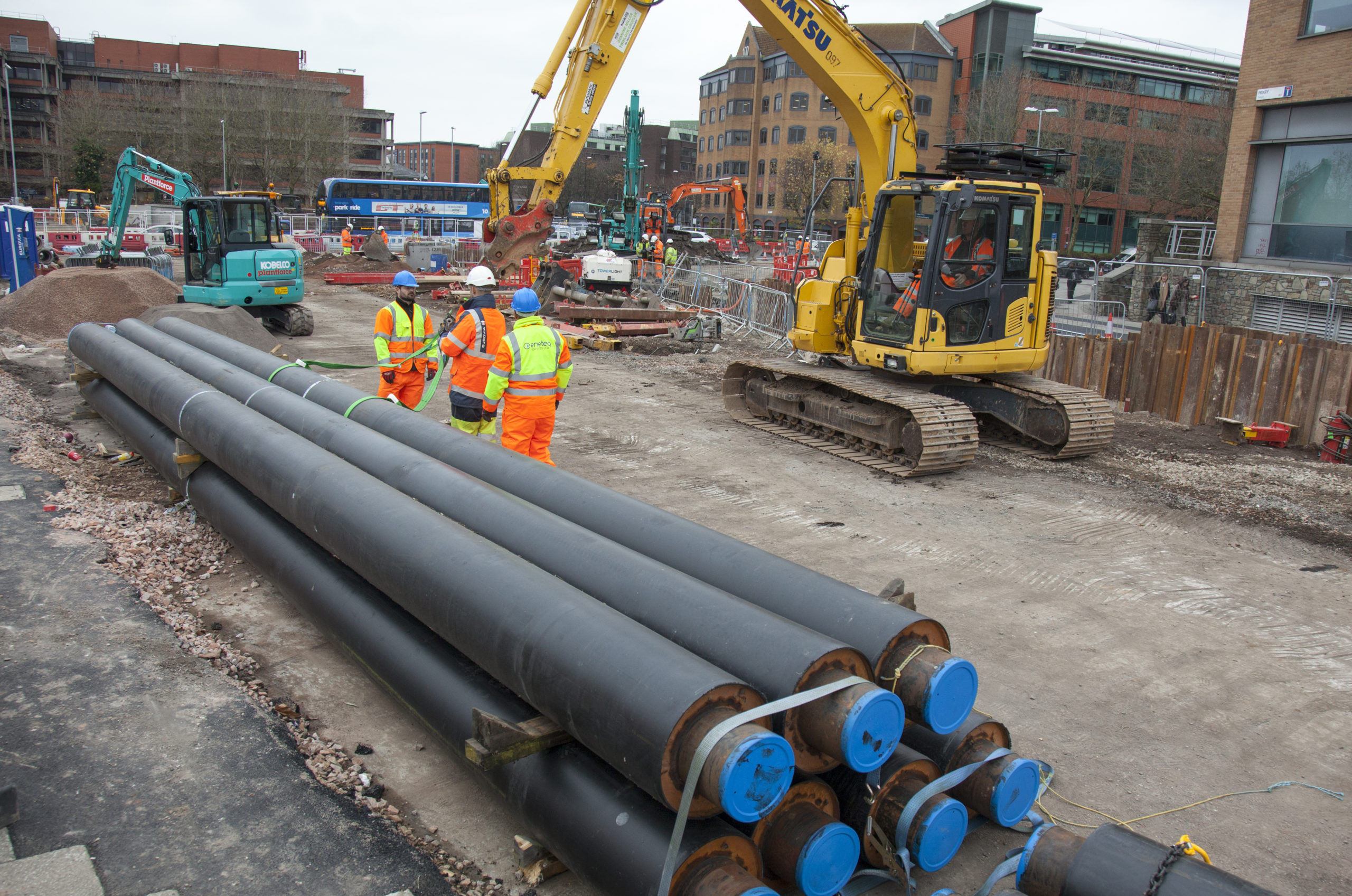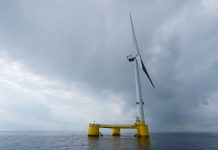Western Power Distribution is pushing ahead with its RIIO-ED2 investment plans in what it claims is its most ambitious plan yet to connect households to growing varieties of low carbon heat.
The DNO, Britain’s biggest, is owned by the National Grid. Its latest revisions seek to speed up decarbonisation of domestic heating, by recognising the breadth of heating options facing homeowners, and thus – or so WPD maintains – overcoming the constraints confronting them in plugging into power networks.
Following this logic, WPD is embedding in its five year RIIO-ED2 investments a strategy to ease take-up of low carbon heating. The goal is a regional network that is flexible, resilient and runs ahead of need.
Britain’s homes and commercial buildings are estimated to account for around a quarter of the country’s carbon emissions. Eight million of those homes stand within WPD’s patch.
This week’s revision outlines how heat pumps, district heat networks and other low carbon technologies can be linked faster into the regional grid.
It comes amid a June flurry by WPD, during which it has appointed dedicated engineers to ease connections for citizen-run power co-ops, and pledged easier connection for home microgenerators using solar and wind
Higher capacity cables at new substations yet to be built are at the heart of WPD’s clean heat revisions.
Ensuring local electrical systems can be supported in virtually any settlement or community. may be achieved more easily than previously assumed, WPD believes.
This is for the good reason that energy required to control heat networks can be usually be provided at one central point, rather than to individual homes.
Also incorporated into WPD’s forecasting is the reality that heat network systems increasingly contain their own generation assets big enough to help balance the wider grid.
Technologies as yet seen only rarely in the UK, such as thermal storage, combined heat and power, hydrogen and district heating plants powered by solar, feature in the revisions. All will play their part in UK homes, says the DNO.
Carbon-lite heat depends on distributed grid operators
A trial of low carbon heat in 250 Welsh homes owned by POBL Housing Association yielded analysis driving the revisions. Consultants Sero crunched the numbers.
Paul Jewell, WPD’s system development manager, summarised the outcomes.
“This is our most comprehensive strategy yet and details how WPD will play a formative role in decarbonising the UK’s domestic heating by accounting for the various network connections needed for not only heat pumps but district heating networks, thermal storage and hydrogen”.
“While insulation measures are crucial for decarbonising the UK’s housing stock, the efficiency of low carbon technologies relies on network operators like WPD and our ability to map homeowners’ future demand patterns, connect LCTs in near real-time and reinforce the electricity network.
“This is how we will pave the way for reducing the carbon footprint of our homes and ultimately reach net zero by 2050.”
Read WPD’s revised heating strategy here.




